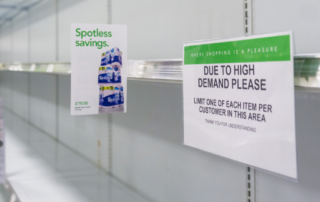Classical Supply Chain Management Confronts its Quantum Revolution – the Path to Rapid Intelligent Response (RIR)
COVID-19 direct and ancillary events have made clear that uncertainty is an inherent part of the demand-supply network structure. Every firm, on a regular basis, faces “risk situations" such as manufacturing excursion, unexpected new demand or loss of demand, component supplier interruption, etc. This has placed risk management and rapid intelligent response (RIR) front and center in SCM discussions.









